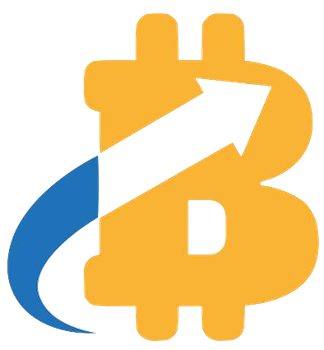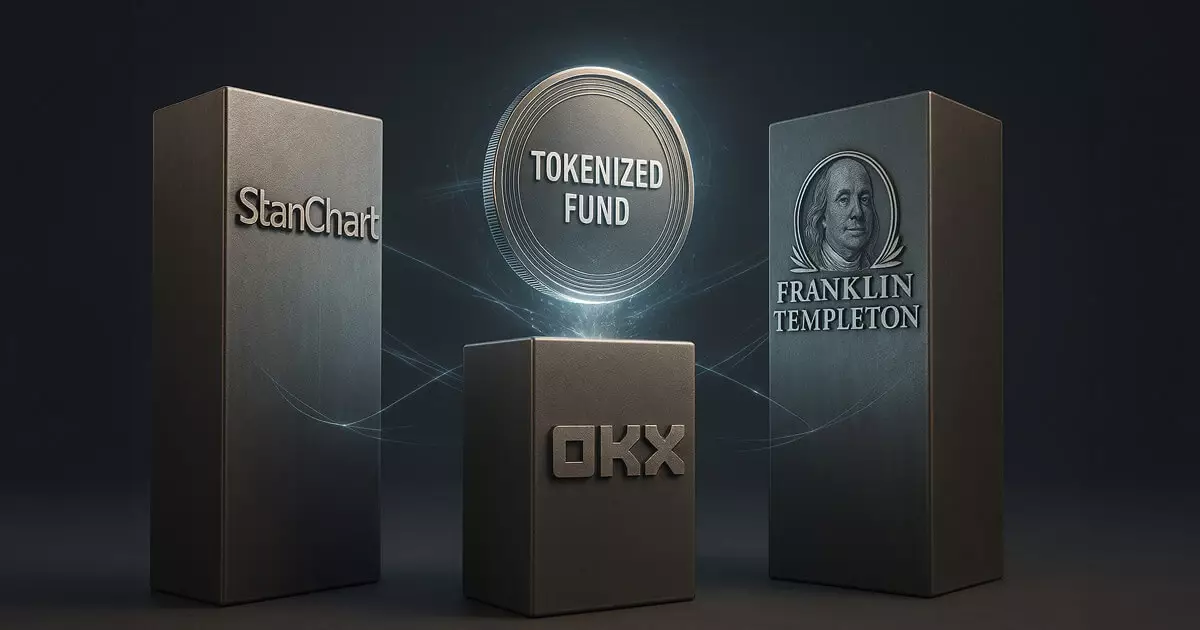The financial landscape is undergoing radical transformation as institutional investors begin to embrace cryptocurrencies and tokenized asset structures, a shift that earlier seemed implausible just a few years ago. Standard Chartered, in partnership with OKX and Franklin Templeton, has unveiled a groundbreaking pilot trading platform that allows institutional clients to utilize crypto and tokenized money market funds as collateral in off-exchange transactions. This initiative is not merely about adding digital assets to portfolios; it’s indicative of a larger change in the way established financial entities are beginning to integrate blockchain technology into their operational frameworks.
Tokenization: A Game-Changer for Institutions
The significance of tokenized on-chain assets cannot be overstated, as highlighted by Roger Bayston from Franklin Templeton’s Digital Assets division. By allowing institutions to integrate blockchain-native assets into trading operations, the initiative promises to enhance security, compliance, and liquidity. For many in the traditional finance sector, the notion of blockchain still conjures images of volatility and risk. However, this pilot program presents an opportunity to shift that mindset. The utilization of blockchain enables instant ownership transfers and settlements, reducing the dependency on cumbersome legacy financial systems that often hinder operational efficiency.
The Implications of Regulatory Adaptation
This venture under the Dubai Virtual Asset Regulatory Authority (VARA) framework demonstrates the regulatory clarity that institutional investors have long sought. Brevan Howard Digital’s participation denotes a significant endorsement, suggesting that larger financial players are ready to wager on this new frontier of finance. Such collaborations can foster confidence and create a ripple effect within the industry, ultimately paving the way for a wider acceptance of digital assets. Standard Chartered’s role as an independent custodian adds a layer of credibility that is crucial in this nascent market, reassuring institutions that their assets are securely held and regulated.
Intrinsic Value and Capital Efficiency
Leveraging the combined strengths of traditional banking and innovative technology creates a unique synergy that may define the future of institutional trading. As Standard Chartered provides the custody infrastructure, OKX’s technological framework facilitates a highly reliable transactional ecosystem. This collaboration aims to create a “regulatory-grade” environment, which not only addresses existing institutional hesitations but also underscores the potential for capital efficiency in trading operations.
Path Forward for Institutional Adoption
The bridge between digital assets and institutional investment is being constructed, with initiatives like this serving as vital stepping stones. The importance of maintaining regulatory safeguards and custodial segregation cannot be understated, especially for investors who are understandably wary of market volatility and security risks associated with cryptocurrencies. As more institutions witness the benefits of utilizing digital assets as collateral, the stage is being set for widespread acceptance and integration of blockchain technologies in mainstream financial practices. In this evolving narrative, those who adapt and embrace innovation will not only prosper, but will also redefine what it means to participate in the financial markets of the future.



















Leave a Reply